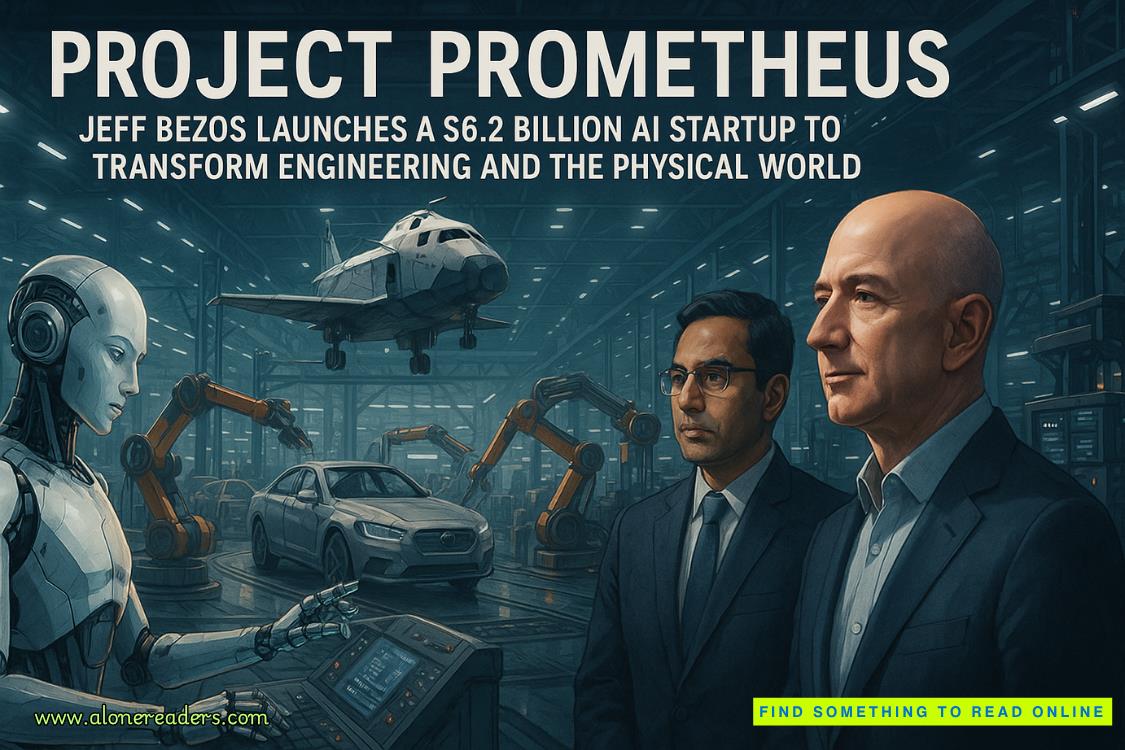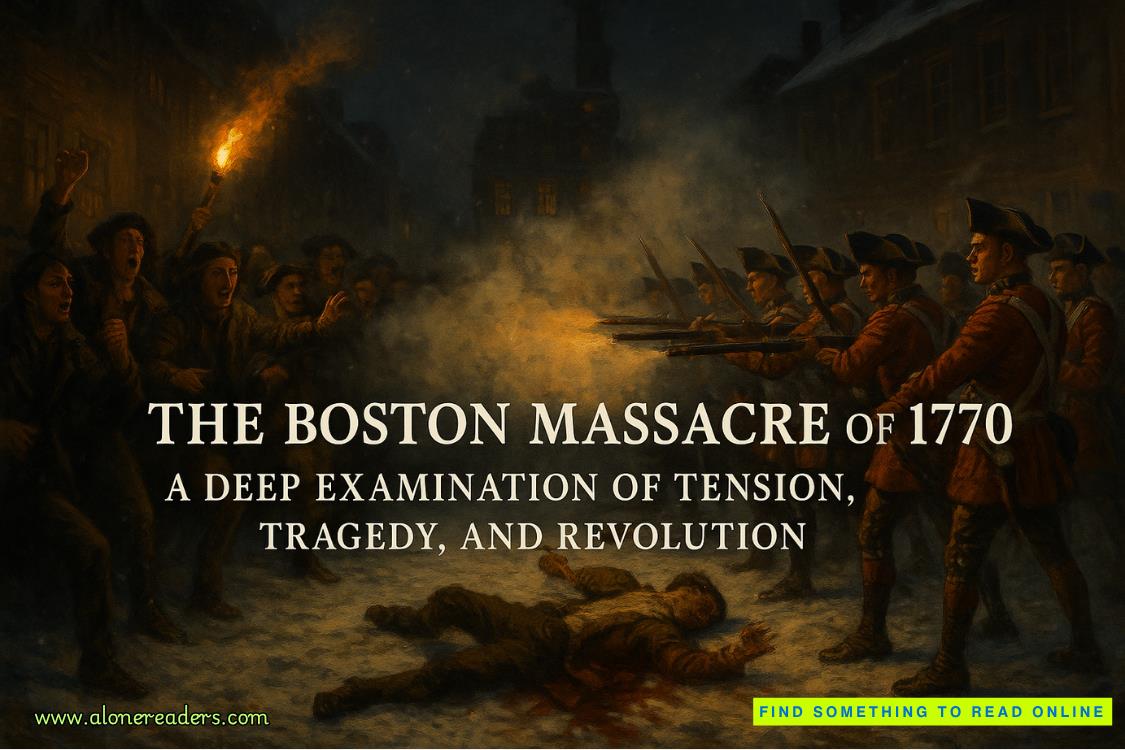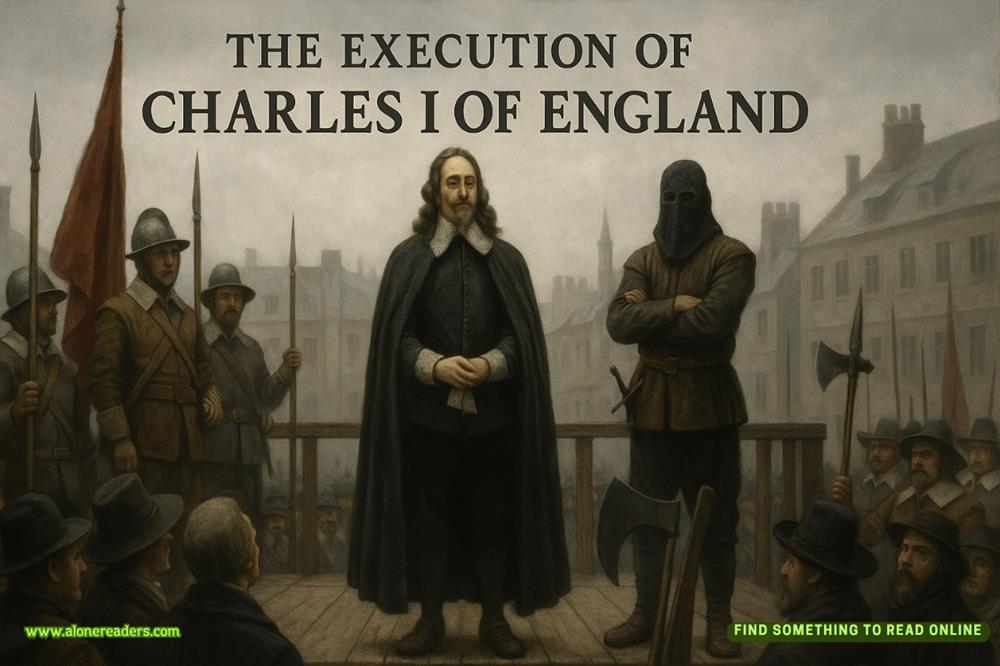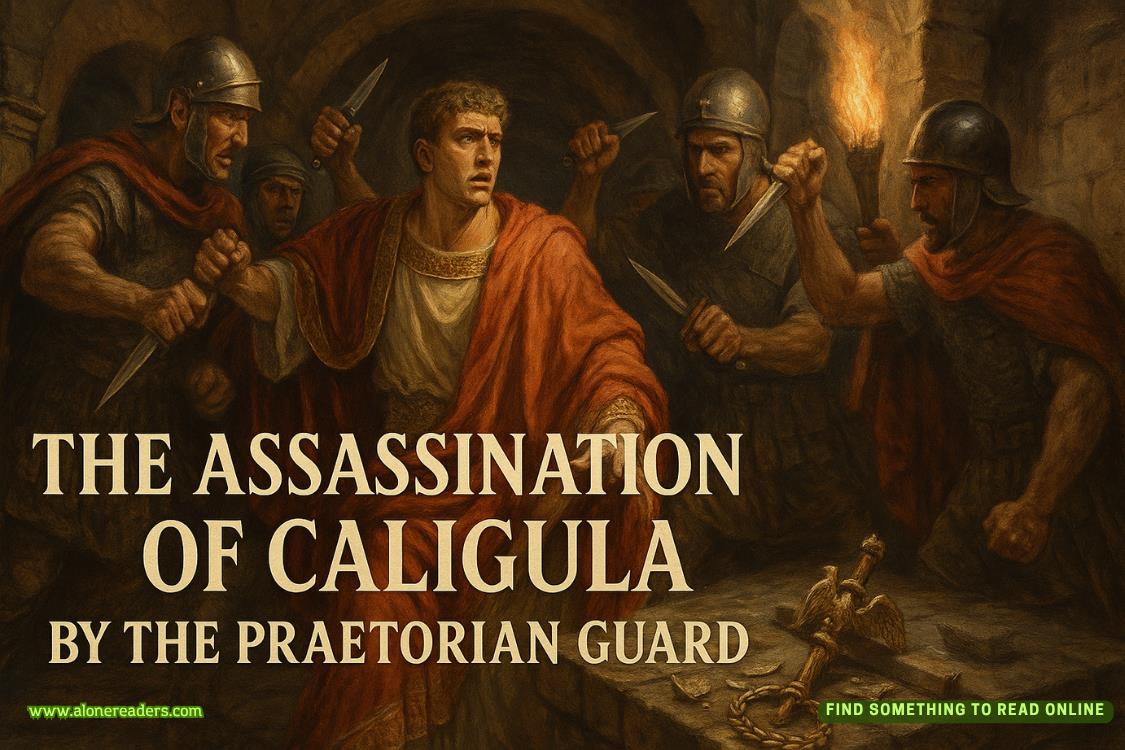Page 11 of Seven Summer Weekends
The next morning, Addison woke to the smell of eggs and sausage. The neighborhood dog was resting her head in Margot’s lap while she read an oldPeoplemagazine with the headlineJude Law: Sexiest Man Alive.From the amount of hair on Jude’s head, it seemed to be from the early aughts. Addison had glanced through the mountain-like stash in the guest room closet, a diverse pile of reading material left by visitors over the years, fromPopular MechanicstoVariety. An interesting array of faded names and addresses were affixed to their corners.
“Wasn’t I the one who was supposed to makeyoubreakfast?” Addison pointed out sheepishly. “I was going to attempt Gicky’s famous scones.”
“That’s OK. I’m not exactly a paying customer.” Margot smiled. “Everything’s on the stove. Help yourself. I don’t want to move this happy girl.”
Addison couldn’t believe the dog was back. She had to board up that door.
She sat down on the couch with a cup of coffee and a plate of scrambled eggs. They were simple but delicious.
“Thyme?” she asked, trying to figure out what she was tasting.
“Yup, there’s a little herb garden on the side of the back shed.”
“Who knew?”
“Me.” Margot smiled and put the magazine down. Addison reached over and tapped on it.
“So, did my aunt Gicky always have a hoarding problem?”
“You see a pile of old magazines where Gicky saw a potential collage. One year when I visited, she was decoupaging old surfboards. I’m all thumbs, but she let me assist—a little.” Margot turned to look at her.
“What’s on your schedule for today?” she asked. It made Addison laugh. She had nothing on her schedule for the foreseeable future. She was, in fact, anchorless.
“What do you have in mind?”
“A long bike ride would be nice. Have you broken out the bikes from the back shed yet?”
She hadn’t even gone in the back shed yet—she had considered it, but it gave her those horror film vibes again. Somehow, with five-feet-nothing Margot by her side, she felt braver.
Addison slid the shed door open, bracing herself for a sleeping raccoon. Instead, she was happy to see a trove of regular shed stuff transformed, in typical Gicky fashion, into treasures. If Nora Ephron’s mother had famously said, “Everything is copy,” then Addison Irwin’s aunt would have declared, “Everything is an art project.” The watering cans were painted as a menagerie of trunked animals. The leaf blower was decorated to look like an aardvark, and a rainbow of rakes and brooms stood in thecorner. The centerpiece, Gicky’s bicycle, looked like a mermaid’s chariot, with froth-crested waves painted on the frame and a wreath of shells adorning the front basket.
“Aaah. Annette Kellerman!” Margot exclaimed.
Addison spun around, expecting to see another one of Gicky’s contemporaries behind her.
“The bike,” Margot laughed. “Gicky named it Annette Kellerman. She loved this bike. Let’s take it for a spin—I’ll take the plain one.”
By “plain” she meant a bright red bicycle covered in orange flames with the wordsHot Tamalepainted across its carriage.
Through a smile, Addison swallowed a lump in her throat—more regret that she hadn’t known her aunt. She could blame it on her parents as much as she wanted to, but she was old enough to have reached out herself. Although the same could be said of Gicky. She thought to ask Margot about it, but really didn’t feel like going down the regret path. She went with, “Who is Annette Kellerman?” instead.
“Annette Kellerman was a lesser-known feminist icon.”
“Of course she was.” Addison smiled. “She sounds like someone you knew from the Bronx.”
“Nope, she was from Australia, I believe. She was a famous synchronized swimmer who invented the women’s bathing suit. Before that, women wore pantaloons to swim. Imagine?”
Addison pictured herself drowning in pantaloons.
The two set out on their bike ride, Addison riding Annette Kellerman and Margot the Hot Tamale. They stopped at the market to pick up turkey sandwiches—the good ones—before heading east on their journey. Once there, Addison found herselflooking around every corner for You Again. When she recognized her disappointment, it surprised her.
Margot, it turned out, had embarked on this particular adventure a half dozen times with Gicky. It began with talking themselves into the gated community of Point O’Woods, an insular village where the land is owned by an association, with century-old houses passed down from generation to generation. Most were built in the New England style, with weatherworn gray shingles beautifully maintained by their preppy-looking inhabitants. The community reminded her of a J.Crew ad she’d once worked on. They rode by the clubhouse, tennis courts, and church. Addison took it all in and concluded that this would be the best location for the horror film in her head—she could get Jordan Peele to write it.
At the far end of POW, they locked their bikes and continued their adventure by exploring a board-walked nature preserve called the Sunken Forest. They stopped to eat their sandwiches at the picnic benches in the next enclave, Sailors Haven, which was not much more than a marina, before backtracking and heading home in time for Margot to catch the early evening boat.
They nearly forgot to look for Margot’s gift from Gicky and searched like mad in the fifteen minutes before they had to leave for the ferry.
Margot found it in the back of the guest room closet—wrapped in brown paper with the wordsFor Margotwritten across it in script.















